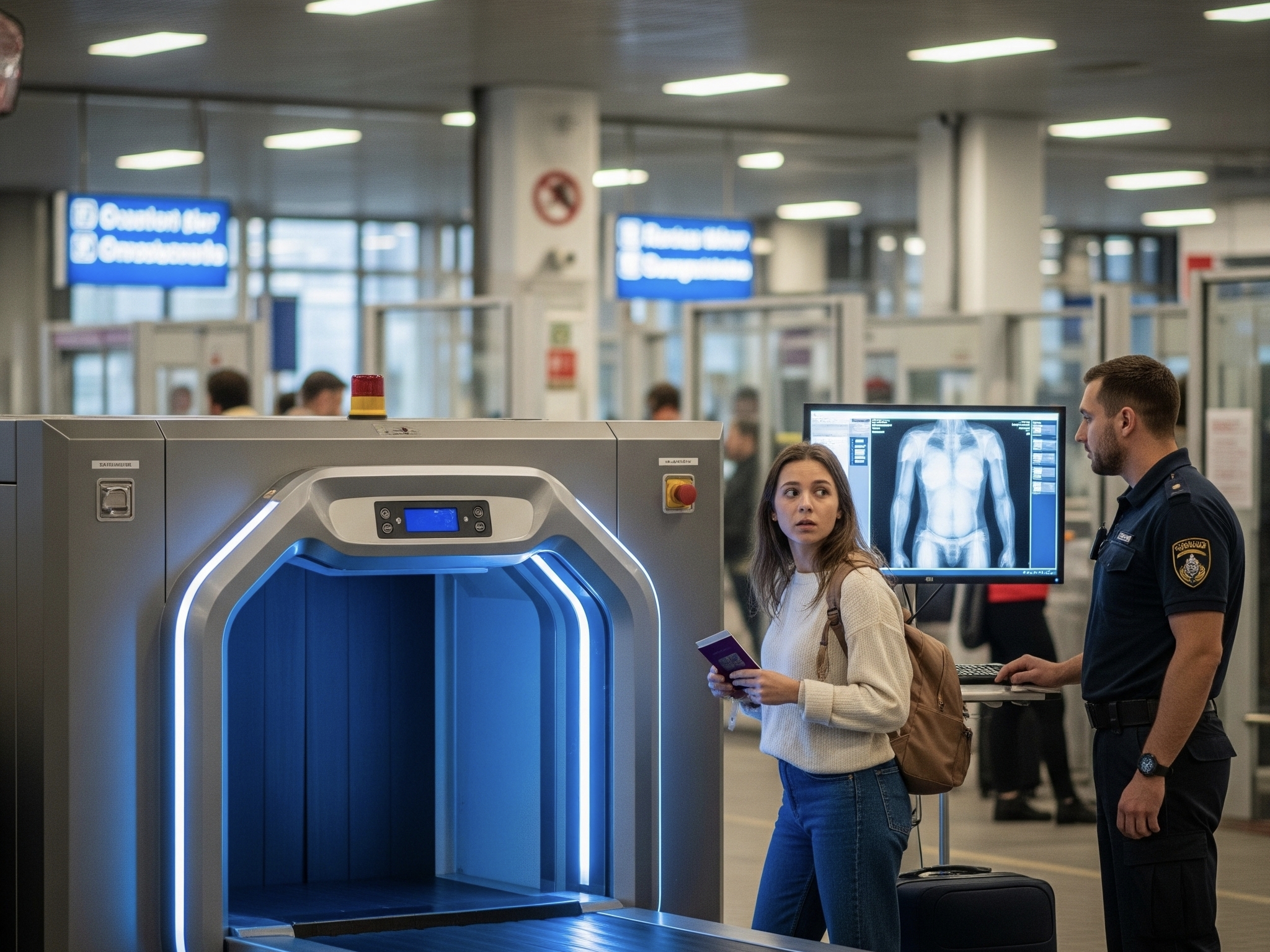When crossing international borders, most travelers are prepared for the usual procedures—passport checks, customs declarations, and sometimes long lines. But one aspect of modern border control that often raises questions is the use of border crossing X-ray machines. These machines are used to screen luggage, cargo, and sometimes even vehicles for contraband, weapons, or illegal substances. While most people understand the security benefits, there’s a growing concern about how these machines affect personal privacy—and whether they pose any health risks.
What Exactly Do Border X-Ray Machines Do?
At a basic level, X-ray machines used at border crossings work by sending a low-dose beam of radiation through an object to create a detailed image of what’s inside. They’re similar in principle to the scanners you walk through at airports or the machines used in medical imaging, but often more powerful depending on what they’re inspecting.
For checked baggage or vehicles, these machines allow border agents to quickly assess whether there’s anything suspicious hidden inside. Some X-ray machines are even capable of scanning through dense materials or large trucks. That level of scrutiny may sound intense, but it’s primarily designed to increase efficiency and catch illegal items without requiring manual searches that can take far longer.
Are These Machines Looking at You?
One of the biggest misunderstandings about border X-ray systems is that they scan people. In nearly all cases, these machines are meant to scan objects—not your body. Travelers may walk through metal detectors or be asked to step into body scanners, but these are separate from the large vehicle and cargo X-ray systems.
Body scanners, when used, operate differently. They usually rely on millimeter-wave technology or low-dose backscatter imaging, both of which are designed to detect concealed items without exposing travelers to significant radiation. These scans are conducted with privacy in mind—many newer systems now show only generic body outlines, not detailed images.
Health Concerns: Is Radiation a Risk?
It’s fair to ask whether all this scanning exposes you to dangerous levels of radiation. Fortunately, the short answer is no. The level of radiation from airport or border X-ray machines is extremely low—often lower than what you’re exposed to naturally during a typical airplane flight.
Machines that scan luggage or vehicles do emit more powerful beams, but they are carefully shielded, and operators are trained to prevent exposure to humans. If travelers are in or near vehicles being scanned, they are generally asked to step away to avoid even minimal exposure.
Regulatory agencies like the U.S. Food and Drug Administration (FDA) and Transportation Security Administration (TSA) set strict safety guidelines to ensure that these systems are safe for both travelers and workers. And independent evaluations continue to monitor and review the safety of these technologies.
The Real Concern: Privacy and Personal Data
While radiation levels are minimal, privacy concerns are a little more complicated. Some travelers worry that scans may reveal too much personal information, such as the contents of a bag they’d rather not have publicly scrutinized. Others are concerned about how data from these scans is stored, used, or shared.
The good news is that most scanning systems don’t store images permanently. In fact, many systems are programmed to delete scans immediately after inspection unless something suspicious is detected. For body scanners, software updates have increasingly prioritized privacy, showing generic outlines instead of realistic body shapes and blurring specific physical details.
Still, questions remain about how border agencies manage sensitive information. Travelers passing through international checkpoints should understand that privacy laws vary from country to country. Some nations have stricter data protection rules than others, so it’s important to know your rights—and ask questions—if you’re concerned about how your information is being handled.
Tips for Travelers Who Value Their Privacy
If you’re someone who prefers to maintain a high level of personal privacy, there are steps you can take. First, pack smart. Avoid carrying unnecessary electronics, sensitive documents, or questionable items that could raise suspicion during scans. Use organized packing methods to make it easier for agents to see what’s in your bag without digging through it.
Second, be aware of your rights. In the U.S., for example, travelers have the right to opt out of certain body scanners, though doing so usually results in a physical pat-down instead. If you’re traveling internationally, research the security policies of your destination beforehand.
Finally, remain calm and courteous. Border agents have a difficult job, and cooperation usually leads to a smoother experience. If you have concerns, express them respectfully and ask for clarification. In many cases, agents are happy to explain how a scanner works and what it’s detecting.
Balancing Security with Individual Rights
Border X-ray machines are here to stay. As technology advances, they’re likely to become even more powerful, efficient, and—hopefully—more respectful of privacy. The challenge for governments and agencies is to balance the legitimate need for security with the rights of individual travelers.
So, are these machines safe? In terms of health, absolutely. When it comes to privacy, the answer depends on how systems are used and how transparent agencies are willing to be. Travelers should feel empowered to ask questions and take reasonable precautions. Being informed is the best way to protect both your personal safety and your right to privacy.





